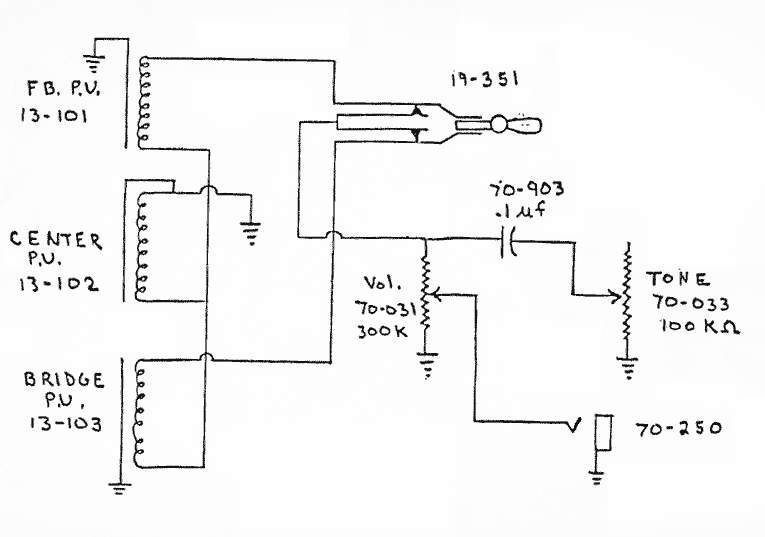Thought I'd jump in here.
You are absolutely correct that there is an "open circuit" in the guitar.
Until you connect it to an amplifier input jack.
The amplifier input circuit connects the loop.
The simplest pickup circuit would be the pickup wires connected directly to the amp input jack.
No volume control. No tone control.
Again, the pickup is "open circuit" until it is connected to the amplifier.
You are absolutely correct that there is an "open circuit" in the guitar.
Until you connect it to an amplifier input jack.
The amplifier input circuit connects the loop.
The simplest pickup circuit would be the pickup wires connected directly to the amp input jack.
No volume control. No tone control.
Again, the pickup is "open circuit" until it is connected to the amplifier.


 , but I can't start wiring until the parts come in anyway!). I also have this annoying habit of being very obsessive about things.
, but I can't start wiring until the parts come in anyway!). I also have this annoying habit of being very obsessive about things.
Comment